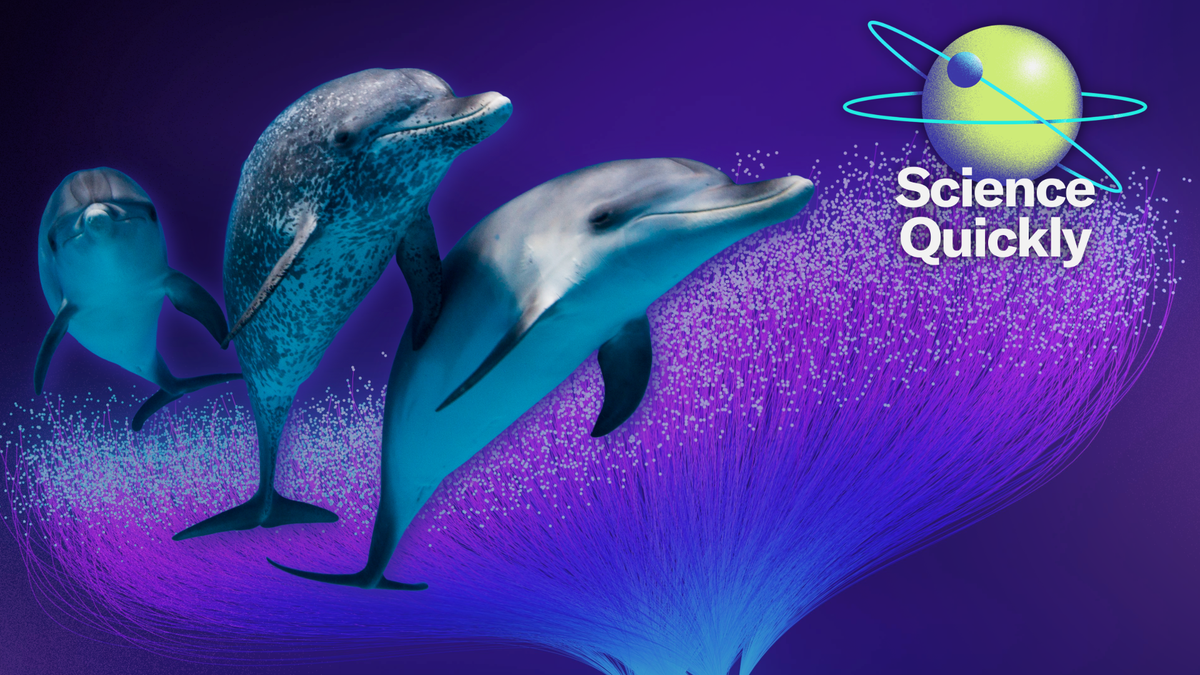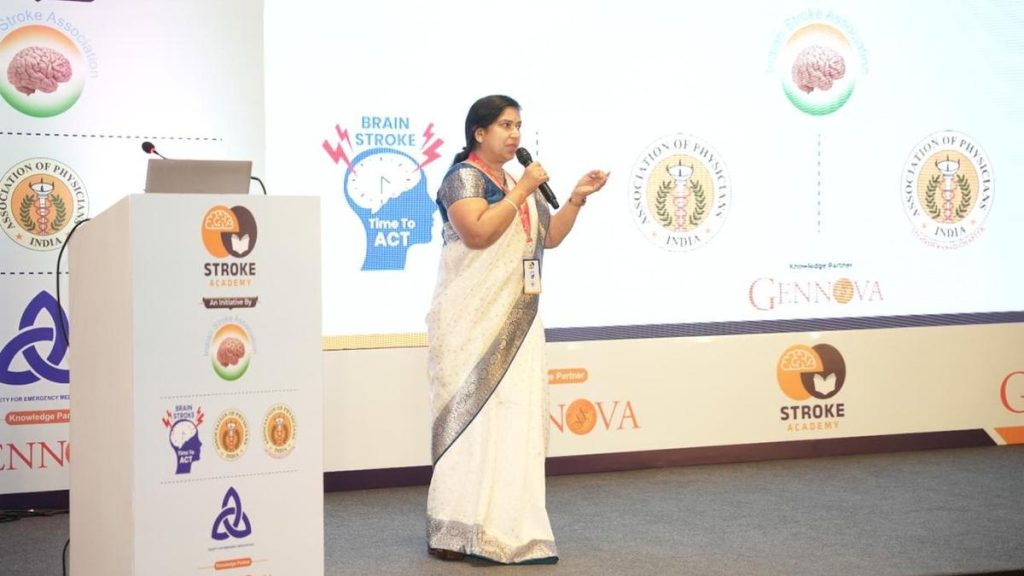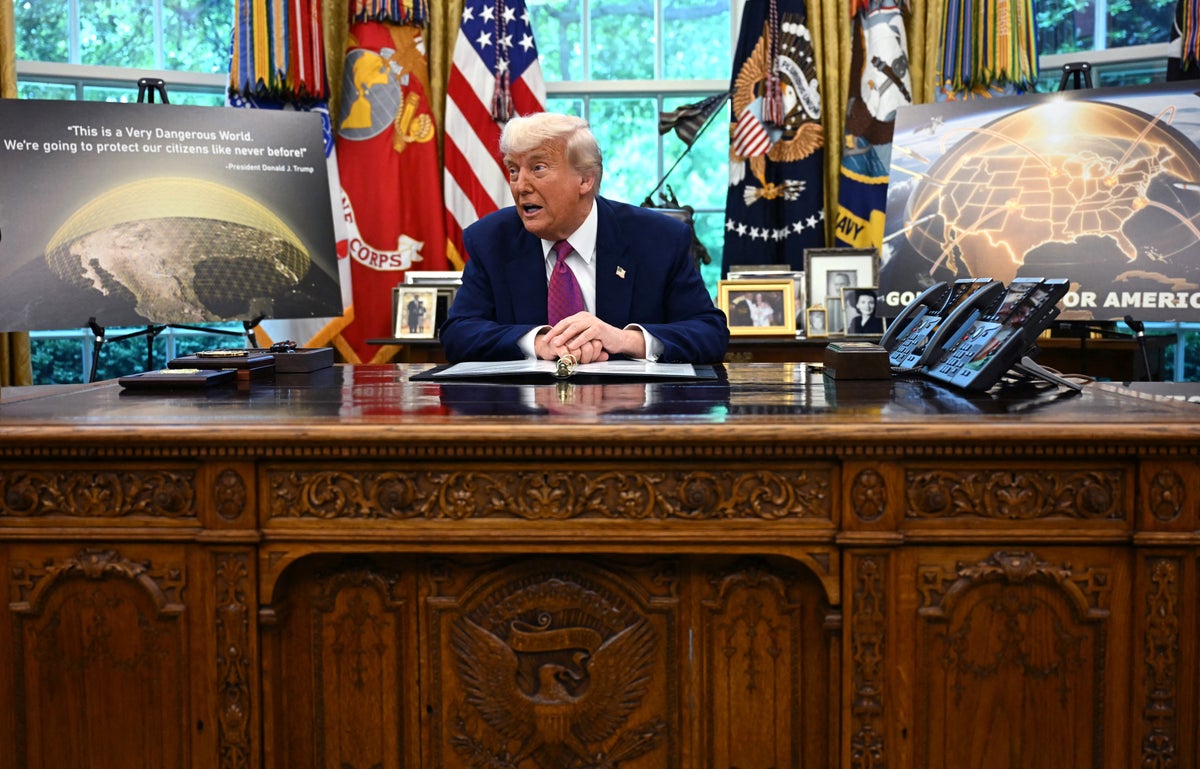Now Reading: Breakthrough Study Explores AI-Driven Communication with Dolphins
-
01
Breakthrough Study Explores AI-Driven Communication with Dolphins
Breakthrough Study Explores AI-Driven Communication with Dolphins

Swift Summary:
- Researchers are exploring AI to decode dolphin interaction, aiming to determine whether dolphins possess a form of language.
- Google, Georgia Institute of Technology, and Wild Dolphin Project developed DolphinGemma, a large language model (LLM) trained on 40 years of Atlantic spotted dolphin communication data.
- The AI shows promising results, including its ability to generate complex dolphin sounds like VCM3s that were previously arduous for humans to replicate.
- Using predictive algorithms akin to autocomplete in human LLMs, DolphinGemma helps identify patterns in dolphin vocalizations and correlates them with specific behaviors seen in underwater footage.
- Another tool called CHAT enables researchers working underwater to produce synthesized dolphinlike sounds associated with objects. Dolphins might mimic these sounds during interaction experiments.
- Results so far suggest dolphins can associate some vocalizations with objects but may not exhibit the linguistic complexity that defines human-like language structures.
Indian Opinion Analysis:
This research initiative into decoding animal communication through AI is pioneering and has implications for global conservation efforts. For India specifically-home to diverse marine ecosystems-the advancements in understanding cetacean behavior could enhance domestic strategies around the protection of species such as the endangered Gangetic river dolphins. If proven effective, similar models tailored for regional aquatic life could help monitor their interactions and habits better.
Moreover, this project raises broader ethical questions about humanity’s relationship with intelligent marine mammals. India’s longstanding tradition of respecting biodiversity aligns well with such innovative research; however, reliance on technologies like LLM also necessitates ensuring ecological appropriateness without unintended disruptions or anthropocentric biases in conservation efforts. Thus far, while results remain exploratory rather than definitive regarding true “language,” such developments open avenues for cohabitating sustainably alongside nature’s most intriguing communicators.

























